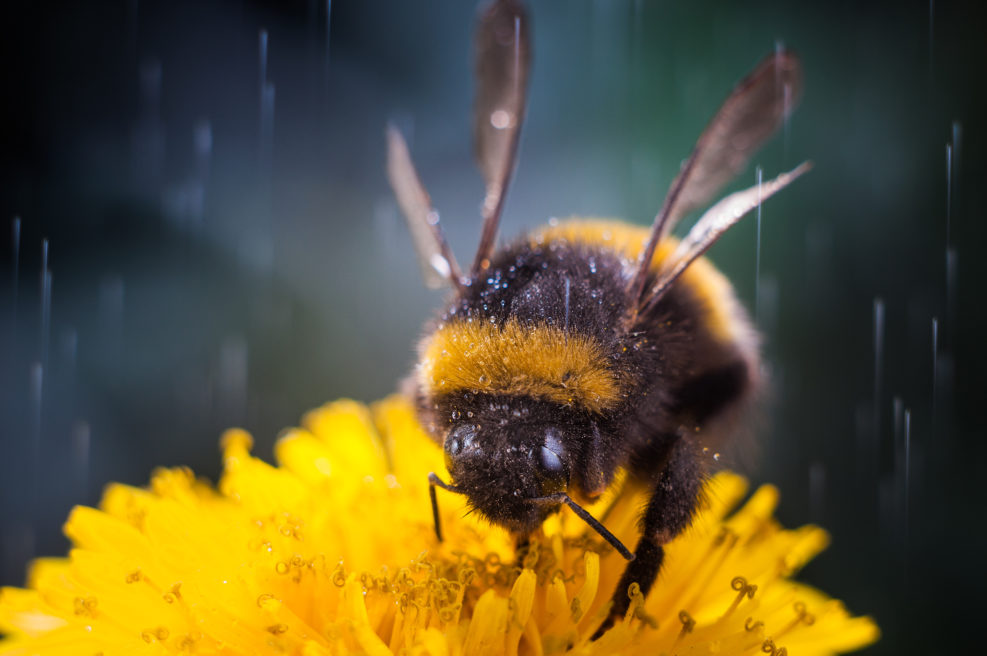
Bees Feel Pain. And Therefore… Insect Rights?
As we learn more from research about how various life forms respond to experiences, a more complex picture may raise political issuesFrom an online newsletter from Vox writer Kenny Torrella, we learn of a research study confirming that bumblebees feel pain: In a study published last week in the journal PNAS, researchers in the United Kingdom found that bees make trade-offs about how much pain they’re willing to tolerate in order to get better food. The finding suggests bees aren’t just mindless automata responding to stimuli but rather conscious, feeling creatures that can experience pain and engage in complex decision-making. Kenny Torrella, “Can a bee feel,” Vox (August 5, 2022) The paper is open access. Essentially, the researchers offered bumblebees sugar water in color-cued unheated containers, at solutions of 10%, 20%, 30%, or 40%. Then they introduced a catch: They heated Read More ›